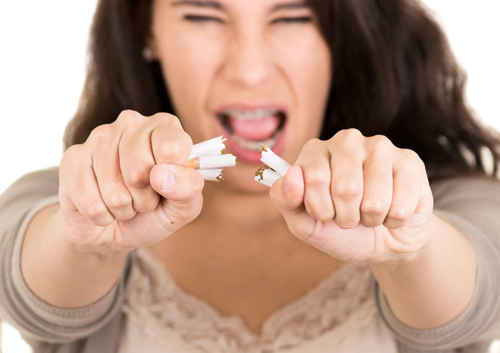How often does my child need to see the dentist?
August 12th, 2015

According to the American Academy of Pediatric Dentistry, checkups at Sidney D. Kelly, DMD Family and Cosmetic Dentistry are recommended for all children two times a year. Children should be evaluated for cavities and other emerging dental issues every six months, because these problems can lead to more serious dental problems and health issues if left untreated.
While it is always good to follow the official guideline mentioned above, it is also important to understand that each child is unique and his or her dental needs are equally unique. If your child shows signs of dental or orthodontic problems, Drs. Sidney and Jacob Kelly might recommend more frequent visits.
One way to help your son or daughter maintain good oral health between pediatric dental visits is to monitor brushing and oral care habits, especially if the child is still very young. Children who are two to five years of age will usually still require at least some degree of monitoring during their dental care routine.
The Checkup Visit
During your child’s regular dental care checkups, Drs. Sidney and Jacob Kelly will evaluate the current state of oral health and will be able to recognize any issues. The twice-yearly checkup visits are typically the time at which problems like cavities, irregular growth patterns of the teeth, and oral decay are discovered. Thus, making these appointments for your child, and following through with them, is extremely important.
Learning and Maintaining Good Oral Health
Drs. Sidney and Jacob Kelly and our Roseville, CA staff are your partners in terms of your child’s health care. Even when your child is an infant and a toddler, good brushing and other oral care habits can be taught. We will help you to educate your child about how to care for teeth in the most effective way, and you can carry those lessons home and help your child to follow them for the ultimate in oral health.



